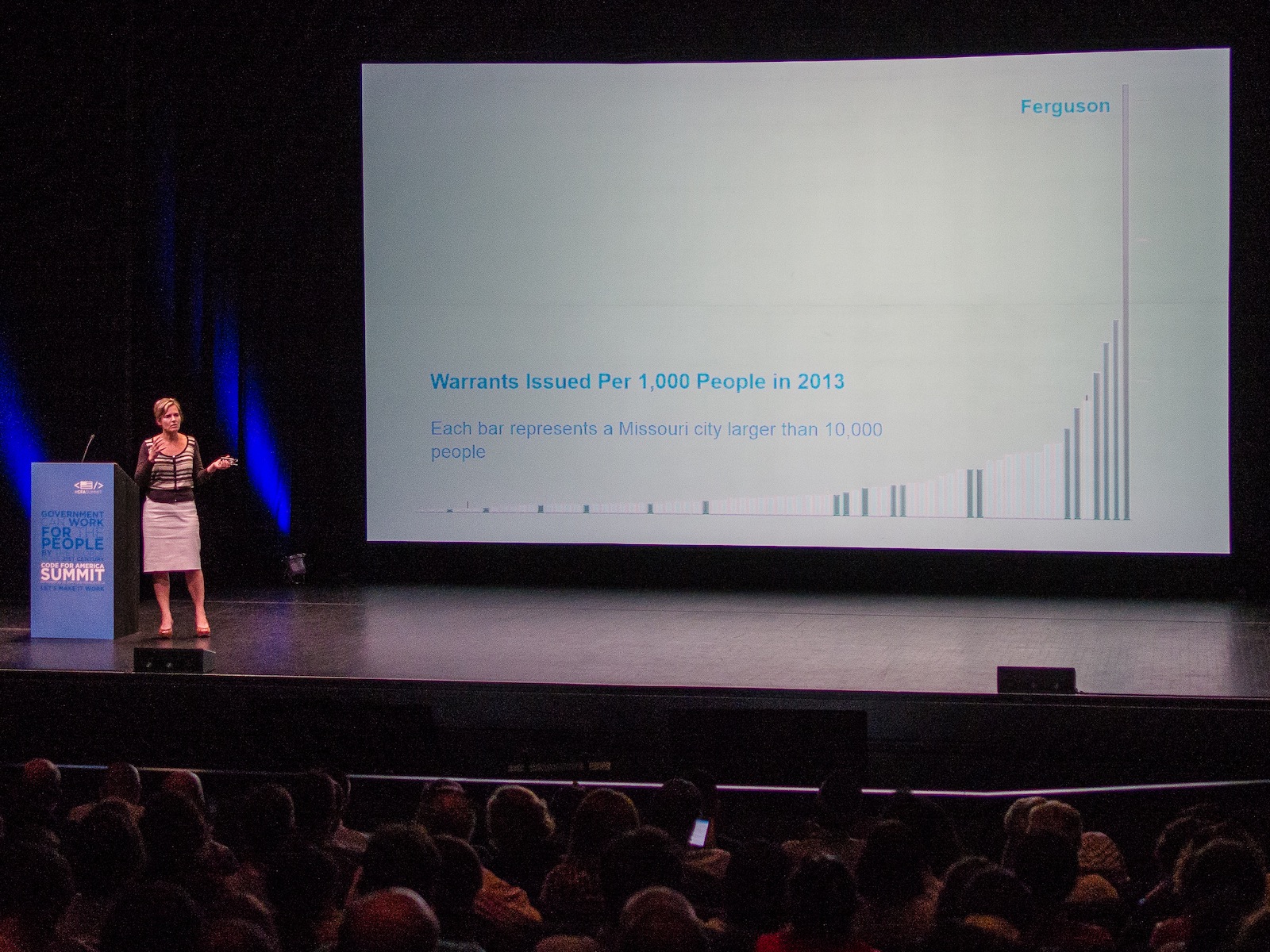
When my friend, Kristin Cobble, and I founded Groupaya, my previous consulting firm, in 2011, one of our goals was to model the best practices of high-performing groups. We didn’t want to just help other groups develop these skills and habits. We wanted to show what a high-performance group looked like.
One habit we were sure we’d adopt was making time to talk together about strategy and culture. In our planning stage, our associate, Rebecca Petzel, facilitated us through a number of important conversations, including one about our values. We eventually converged on six words that we thought best represented our most important shared values.
I was proud, even smug about the time we had invested in this work. In my mind, we were modeling what it meant to be a values-driven company. So I was taken aback when, six months later, Rebecca asked us if we could name our six values, and both Kristin and I could only name four between us.
What was the point of coming up with a list of values if we couldn’t remember what they were?
Entrepreneur and investor, Marc Andreessen, once said, “The process of planning is very valuable, for forcing you to think hard about what you are doing, but the actual plan that results from it is probably useless.” In some ways, this was true for us. Because of the conversations we had had with each other, we were more aligned, and we understood and trusted each other more. Furthermore, even though we didn’t remember all six of our words, we still cared deeply about each and every one of those values, and our work reflected this. How your values come through in your actions is the point of values work, not the list itself.
However, what if we hadn’t been living the values that we had named? How would anyone have known? The problem wasn’t that we couldn’t remember our six words. The problem was that we weren’t constantly thinking together about them, talking together about them, reflecting together on what it meant to live them. We weren’t holding ourselves accountable to our values, because we weren’t taking the time to assess ourselves. We were making it hard to stay aligned around our values, because we weren’t taking the time to talk about what this meant and why it was important.
I was embarrassed, but I also knew that we weren’t alone. Donald Sull, a senior lecturer at MIT’s Sloan School of Management, asked middle managers at over 250 companies to list their companies’ top five strategic priorities. Half of them could not even remember one. Only a third could remember two. Even worse, only half said they understood the connections between their companies’ priorities and initiatives. They had seen the priorities plenty of times — almost 90 percent said that top leaders communicated the strategy frequently enough. Those who remembered them just didn’t understand them.
Once we recognized the problem, we were able to fix it. But I’m amazed by how many leaders and consultants make the same mistakes that we made… and keep making them. It starts by understanding what the mistakes are.
The first mistake is not making time for the whole team to talk about strategy and culture.
The second mistake is assuming that your work is done after one meeting.
My colleague, Catherine Madden, made this wonderful video last year about psychologist Hermann Ebbinghaus’s pioneering research around memory and the “Forgetting Curve” for Edutopia.
The brilliant Nicky Case took these concepts even further in this interactive explanation of how you counter the Forgetting Curve. I highly recommend that everyone look at both, but I’ll summarize their key points here:
- In the 1880s, Ebbinghaus found that — without any reinforcement — we forget what we learn or hear at an exponential rate. After just one hour, we will already forget half of what we’ve learned. After one day, we will forget two-thirds.
- There are a number of ways to counter this. The basic one is to reinforce what you learn. But you have to do it quickly, and you have to do it repetitively, because doing it once only slows down the curve. (Explore Nicky’s explanation of spaced repetition to understand this more deeply.)
- Some methods are more effective at reinforcing than others, specifically peer learning and visualizations.
Given this, what’s the right way to do strategy and culture work? The first step is to create space for the whole group to discuss strategy and culture. However, if all you’re doing is scheduling one meeting, you’re doing it wrong, regardless of how expertly you design or facilitate it. You also need to:
- Write down the agreements from the meeting. Bonus points if you use pictures. More bonus points if the participants themselves draw the pictures. (As an aside, this also applies to next steps and decisions made at any meeting. If you don’t write them down, they might as well not have happened.)
- Make sure everyone knows where the agreements are. Put them somewhere where everyone will see them often. (Again, this also applies to next steps and decisions made.) My colleague, Rachel Weidinger, has a great trick with remote teams. She’ll have her teammates print their agreements, post them somewhere near their workspaces, and take and share photos of where they put them so that everyone else knows that they’ve done this. It creates accountability, and it also lets people see each other workspaces, which has other benefits with remote work.
- Schedule followups at the same time as you’re planning your meeting. These could take many forms. They could be pair conversations, they could be designated time at the beginning or end of regular standup meetings or checkins, they could be regularly scheduled reviews of the artifacts, etc. Be creative — they don’t have to be meetings. What matters most is doing these repetitively and frequently.
None of this is easy. Doing them doesn’t mean that you’ll succeed, but not doing them guarantees that you’ll fail.

